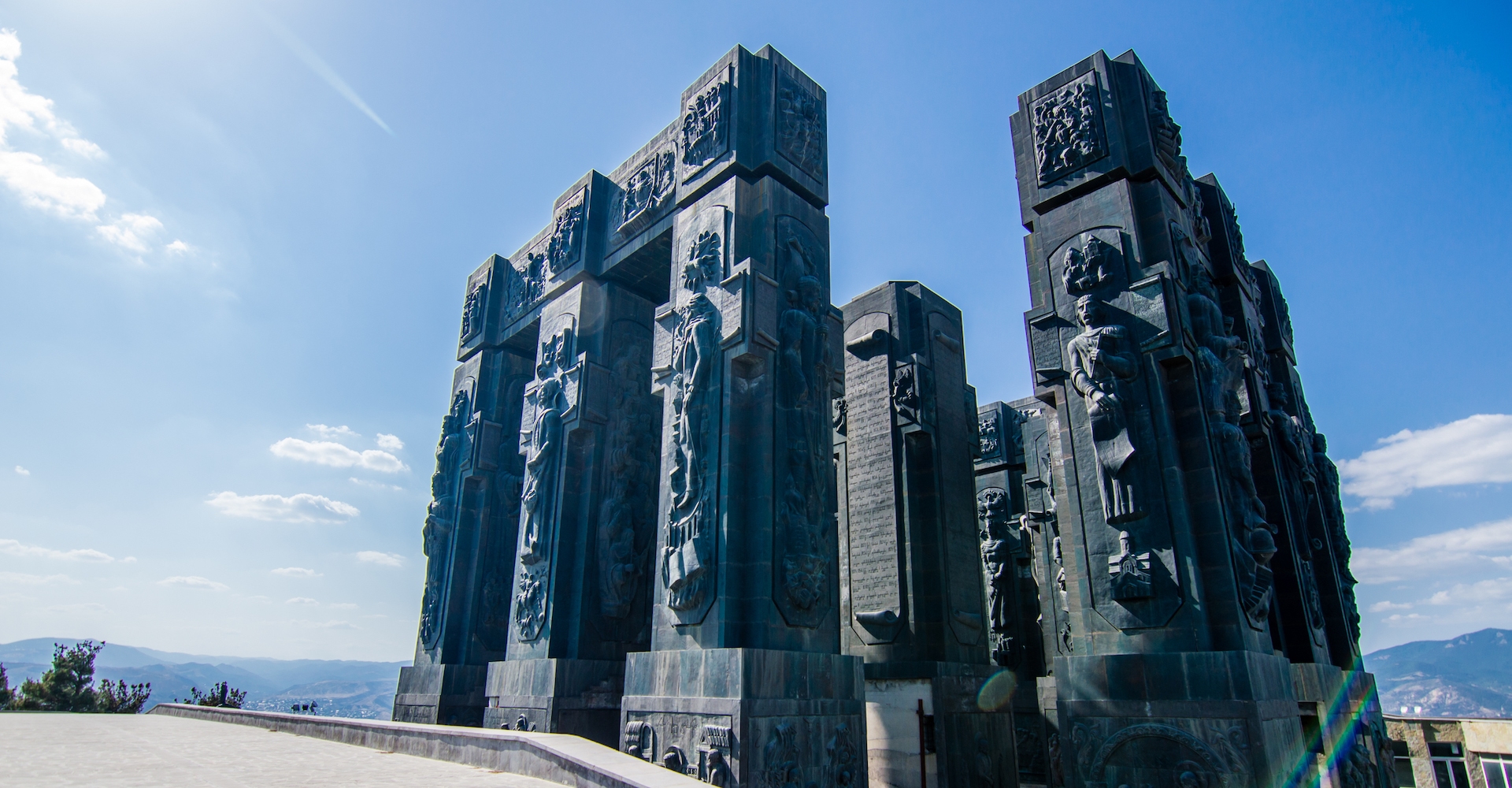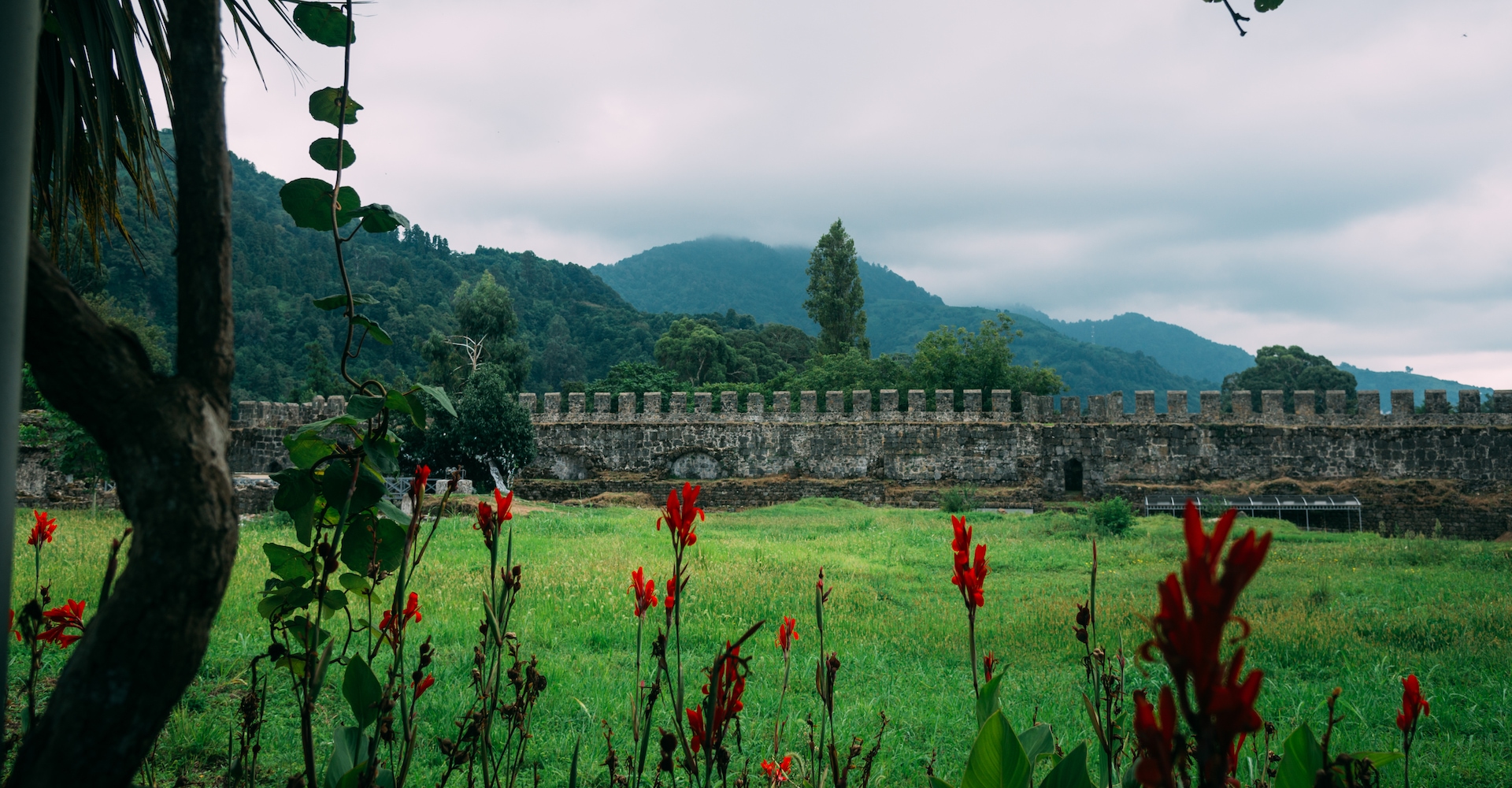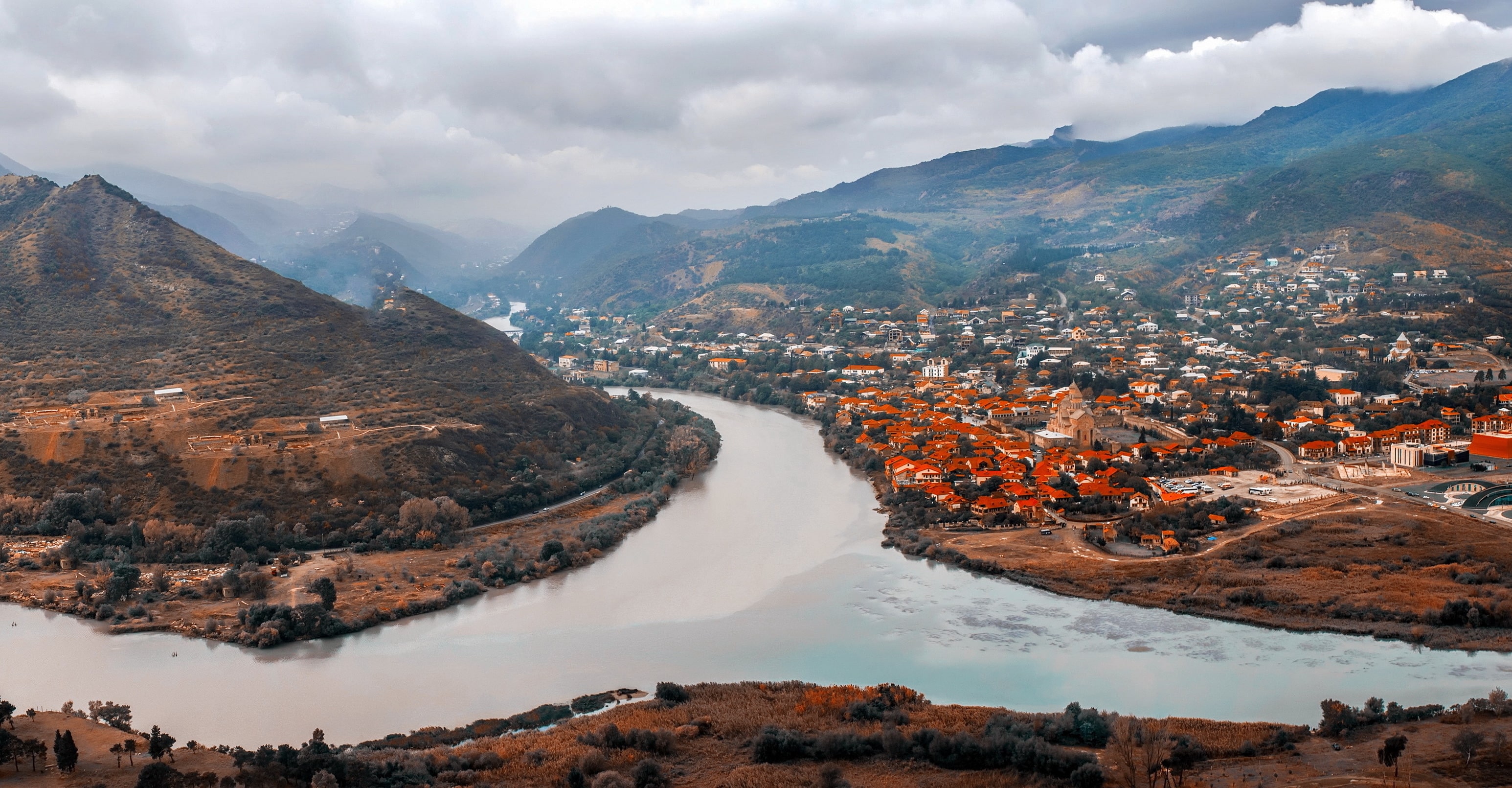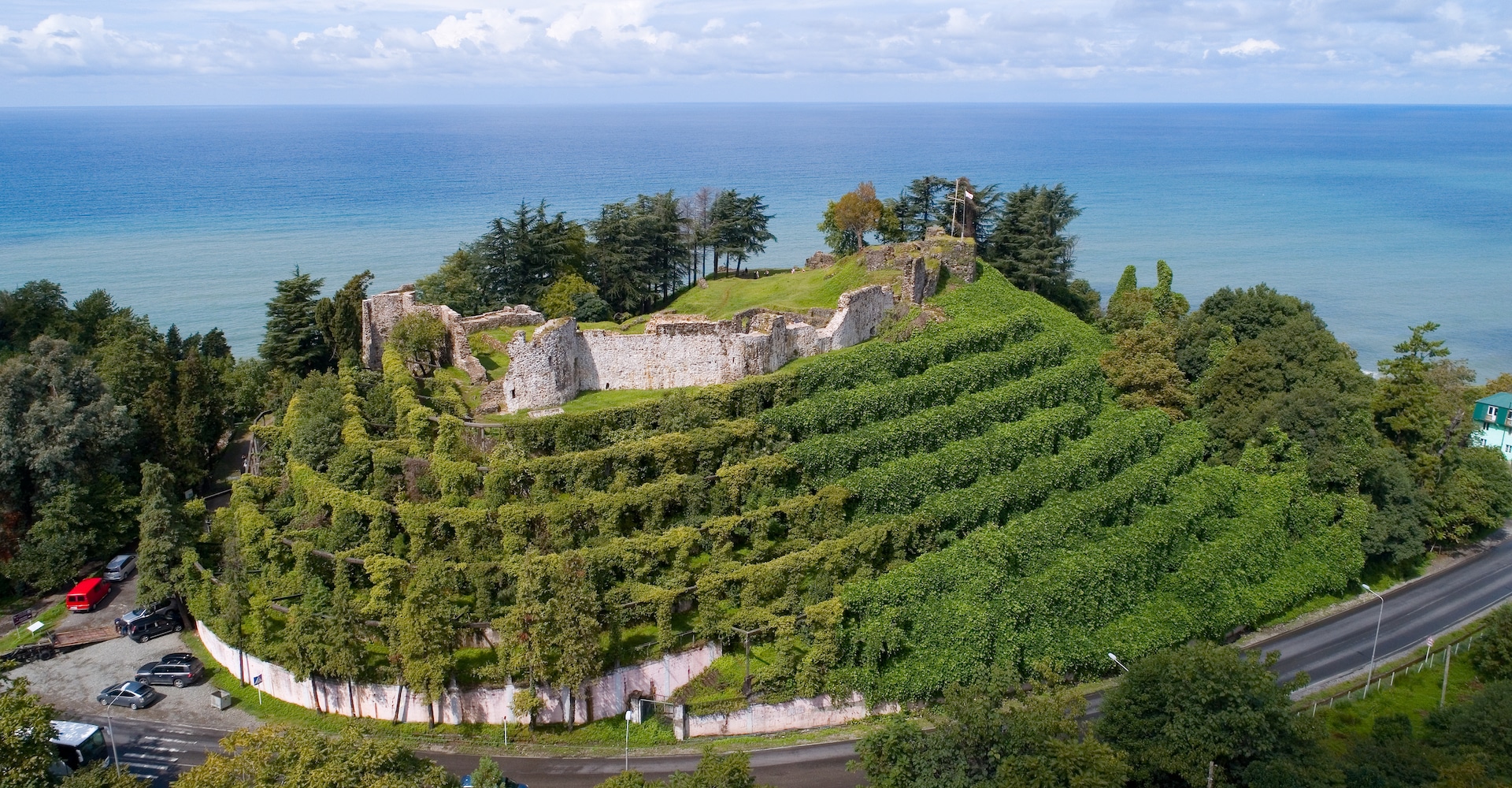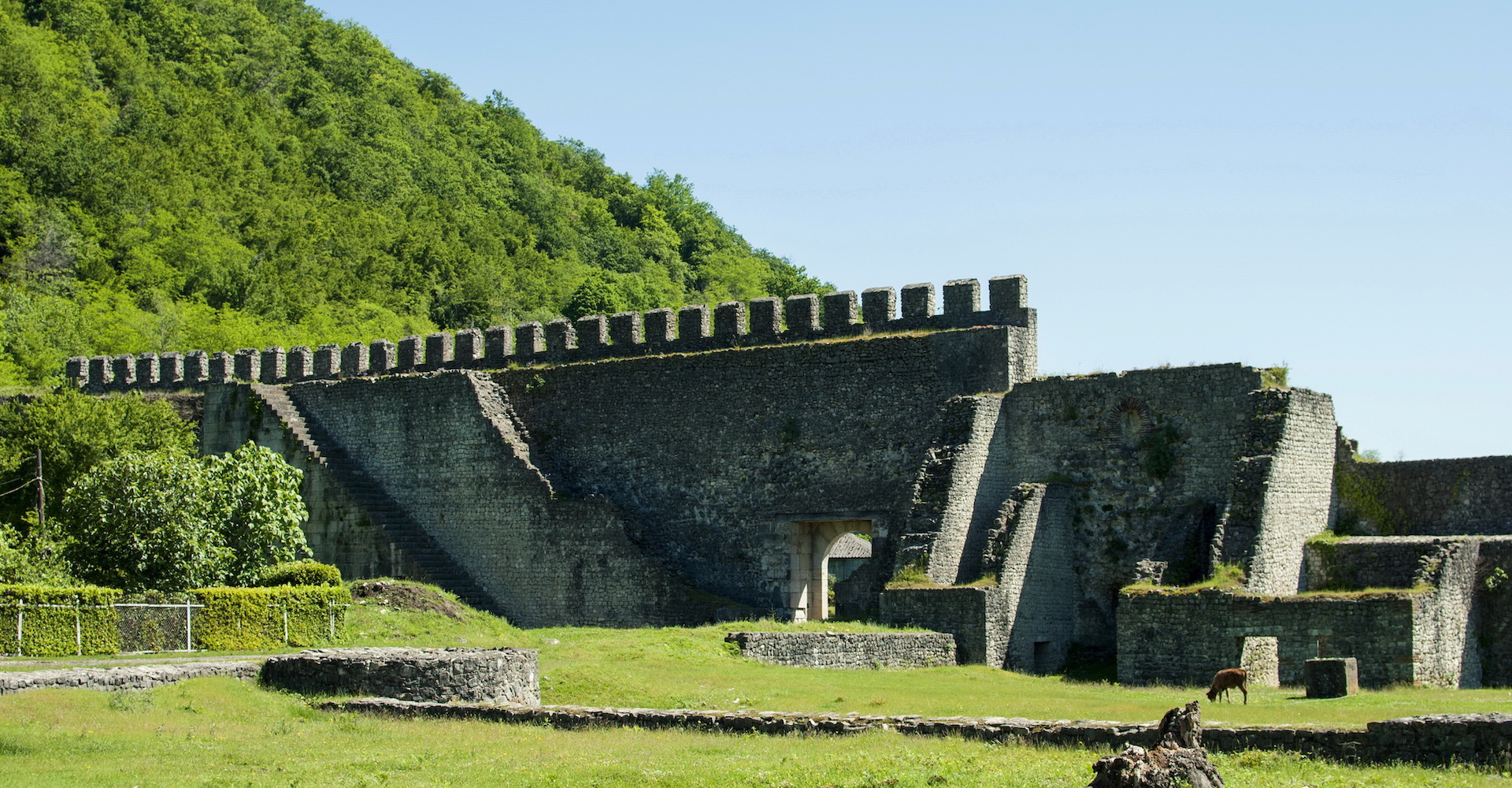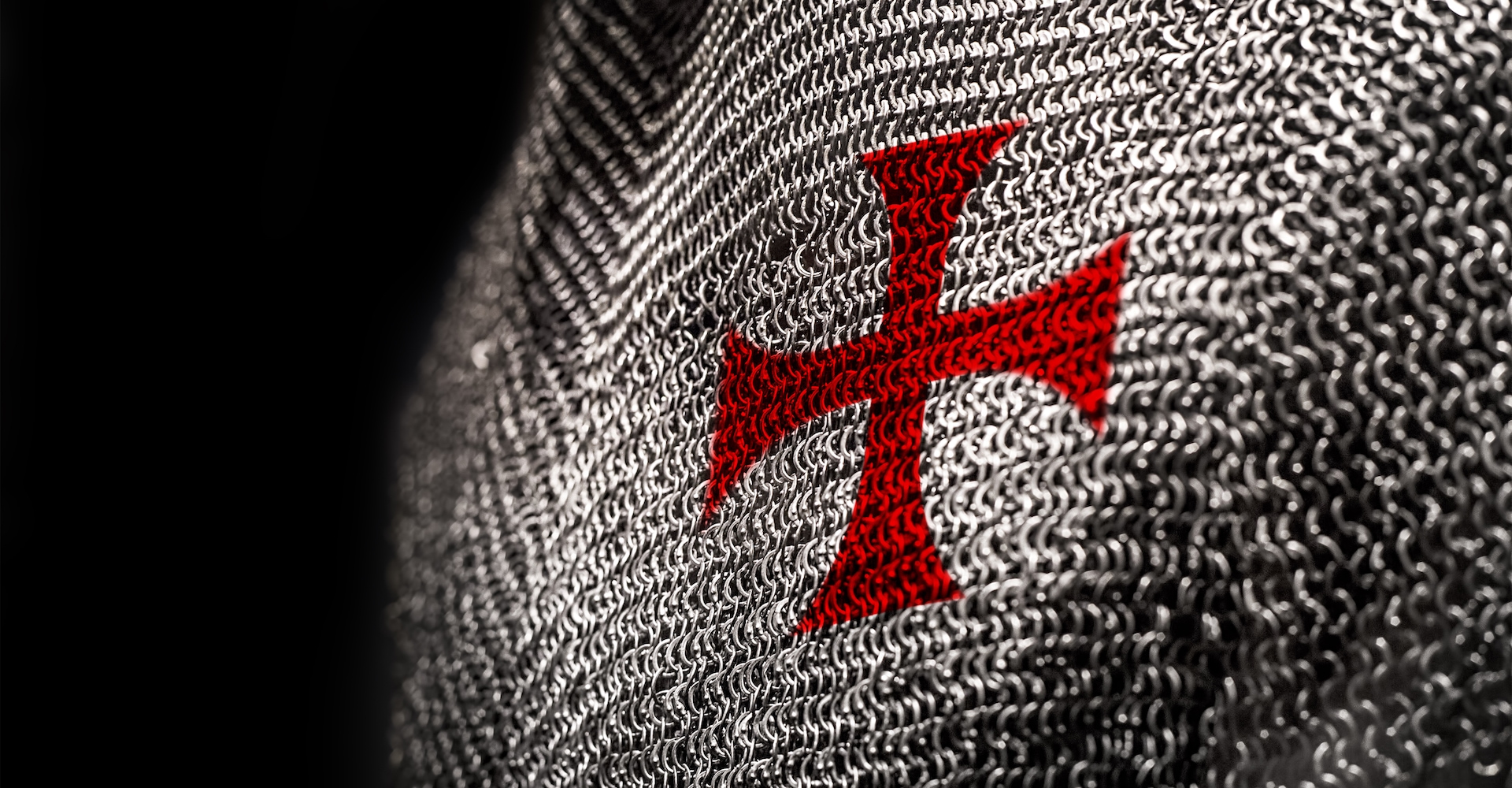For those, impassioned with the vintage wartime stories and military tactics as historically, the Georgian land was unceasingly raided by the most of the world’s well-known conquering armies including the Romans, Persians, Mongolians, Ottomans and Russians. The campaigns went for centuries on end, but after all, the sacred path from Asia to Europe remained in Georgians hand. Scroll down to learn more.


